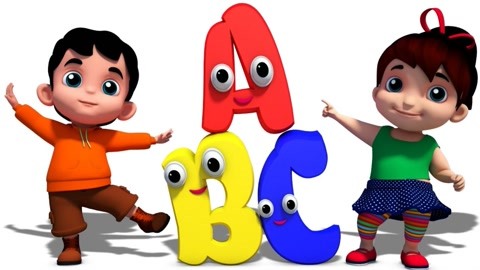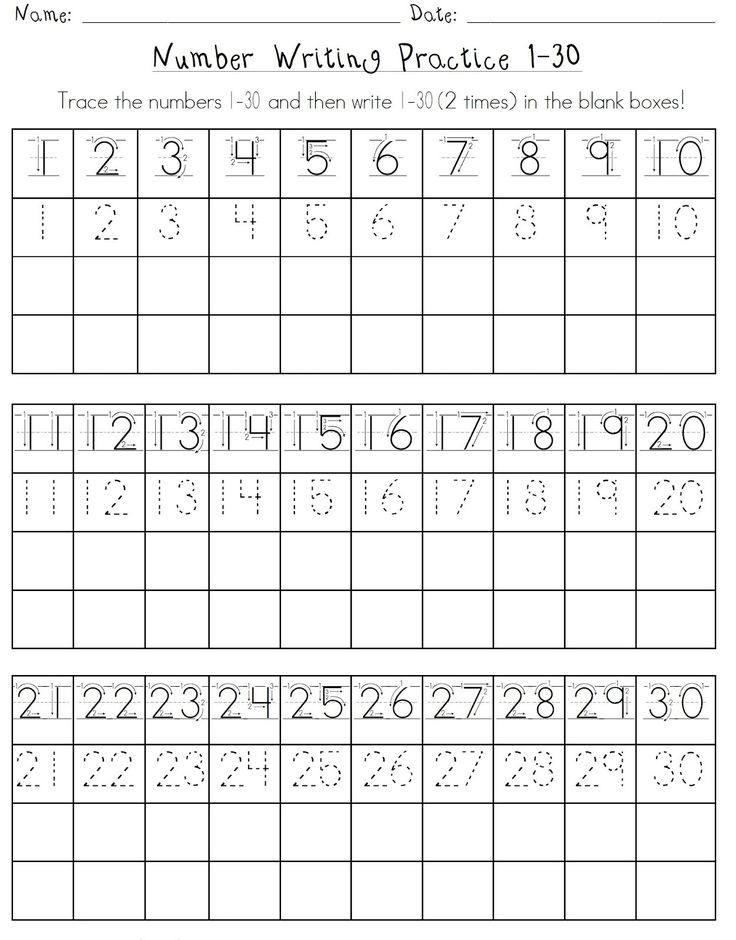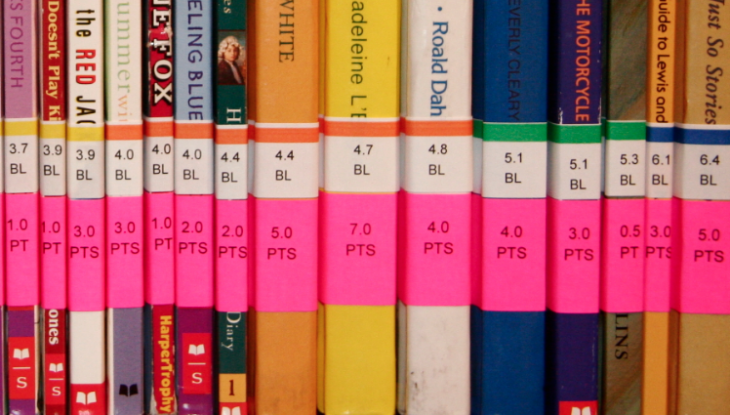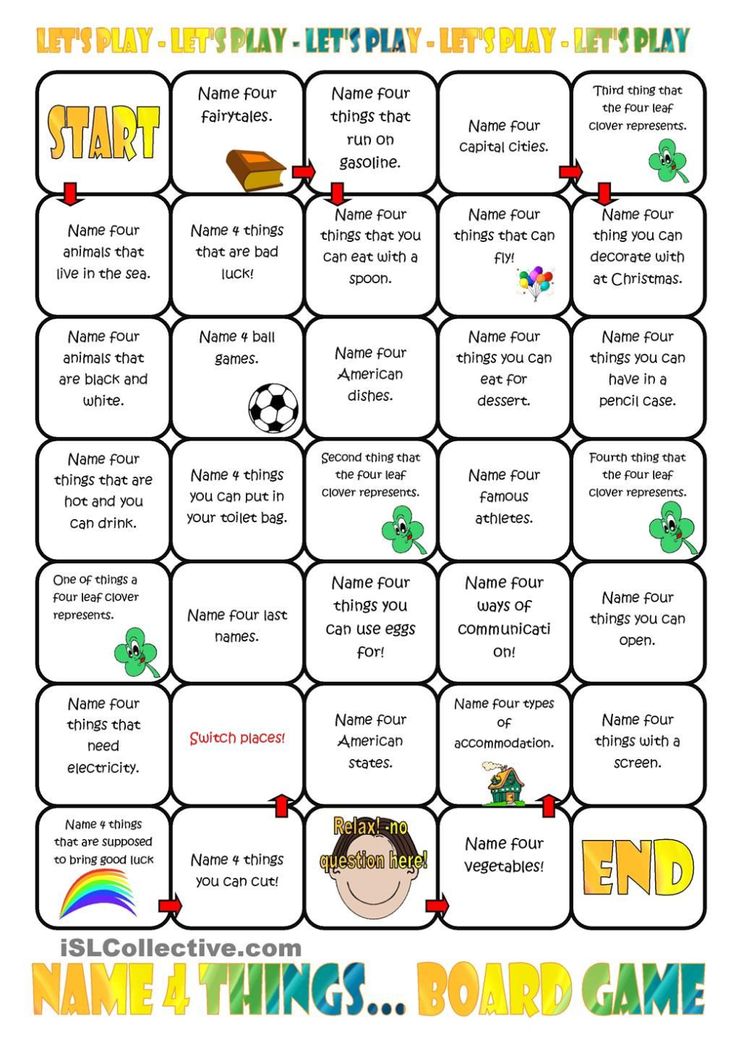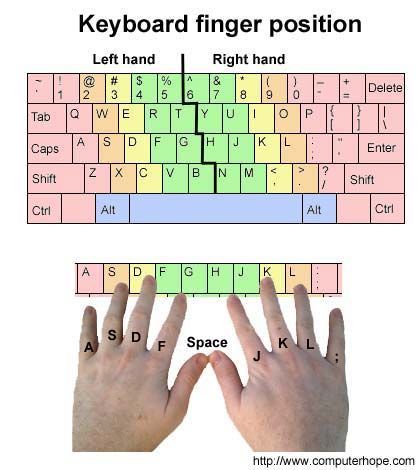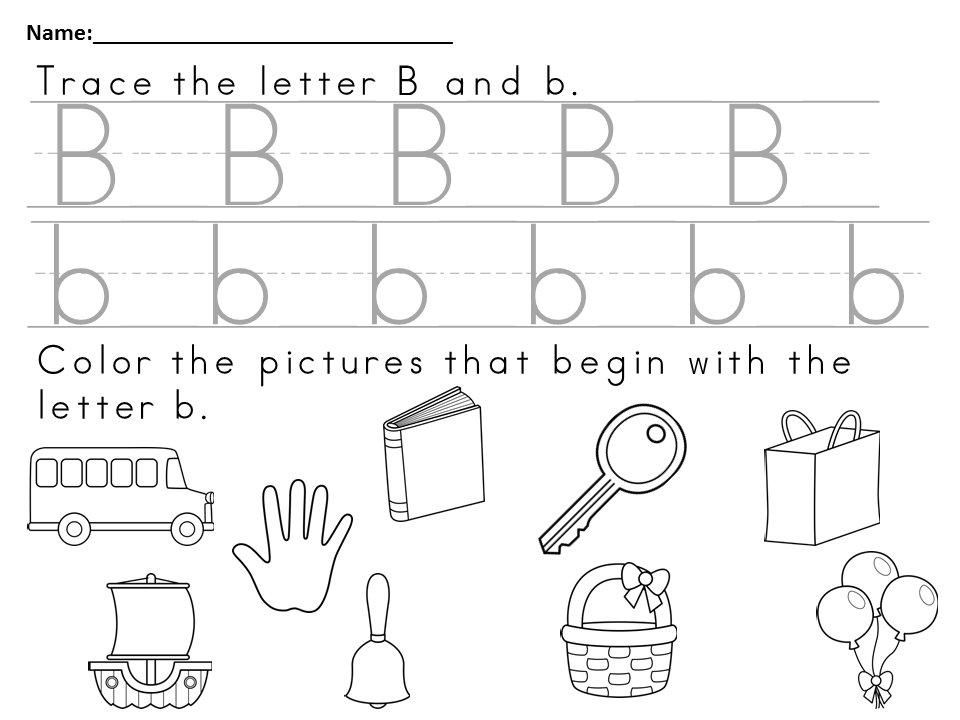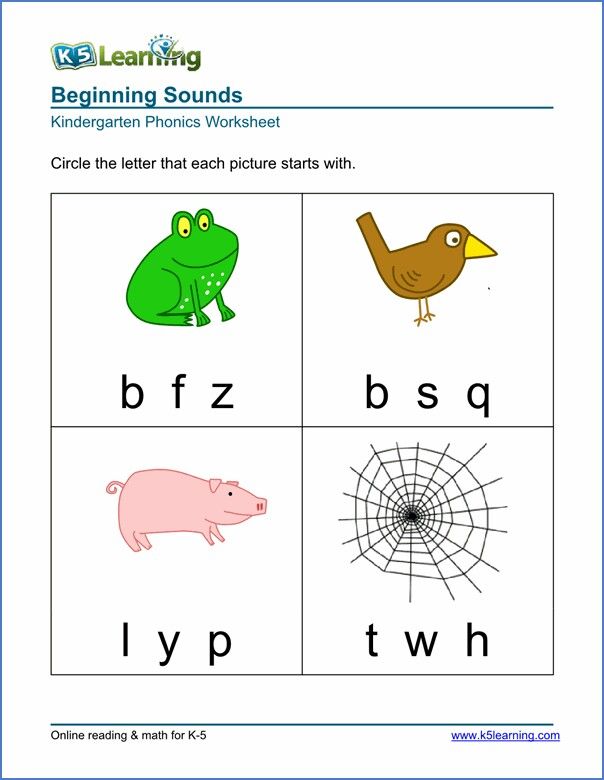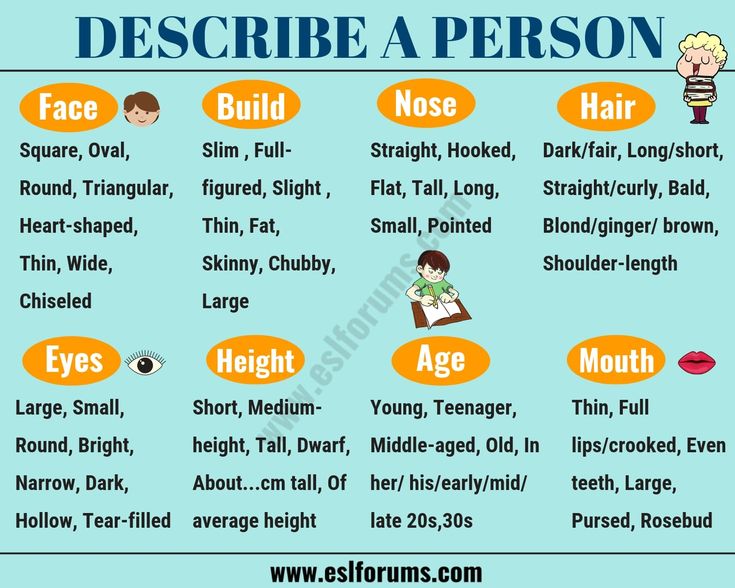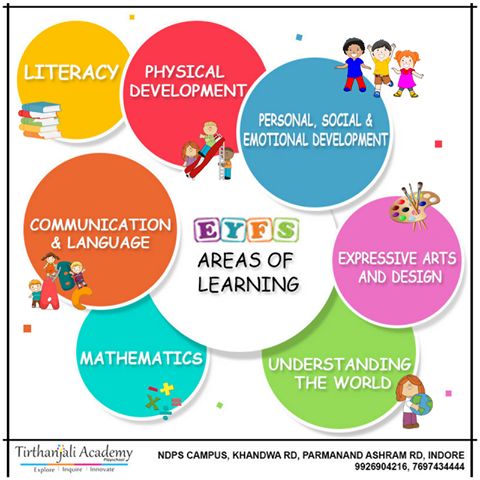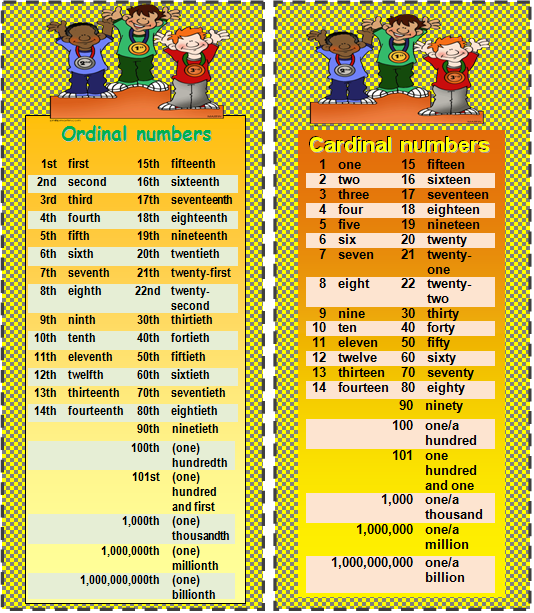When do children learn abc
At What Age Should a Child Know the Alphabet?
As children grow, they naturally hit learning milestones. One of the most critical educational milestones a child must reach is learning the alphabet, which prepares them for reading and writing.
But at what age should a child know the alphabet?
In this article, you will learn at what age a child should know how to recite the alphabet, recognize and write individual letters, learn letter sounds, and eventually learn how to read. Read on to make sure your little one is on the right track!
At What Age Should a Child Know the Alphabet?
Recitation
Typically, by the age of three, children should be able to recite the alphabet. However, every child is different. Some toddlers may learn in their twos, and others might not pick it up until the late threes.
Children generally learn how to recite the alphabet through repetition. If you sing the ABC song to your kids often, they are more likely to pick it up quicker, just as they would any song.
Recognition
Most children can recognize letters between the ages of three and four. Most kids will recognize the letters in their name first.
For example, a boy named Jace will probably be able to remember what the letter “J” looks like as well as recognize most other letters in his name. Similar to alphabet recitation, use repetition to teach your children about recognizing individual letters. You may ask them, “What letter is that?” whenever you see an isolated letter.
Writing
By ages four to five, children will start writing letters. Children will learn to write the alphabet in preschool and kindergarten, but it may be beneficial to have your child practice writing his/her letters at home. Most children at this age know that written symbols represent messages and may be interested in writing on their own. One of the easiest ways children learn how to write letters is to begin tracing them.
Additionally, teaching your child how to write his/her name is an important step that will ultimately help them become familiar with writing the rest of the alphabet.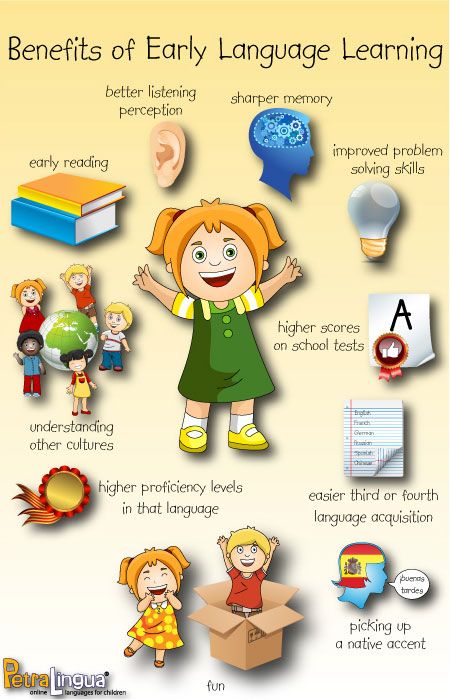
Sounds
By five years old, children will start to associate letters with their accompanying sounds, otherwise known as phonics. In other words, around the age of five, children should be able to reason that the word “book” starts with the letter B.
Children begin learning phonics in kindergarten, which is a vital step to decoding written text and begin reading.
Reading
By six years old, first graders should be able to read words aloud with ease. For the most part, children can recognize sight words and their names. Moreover, children can decode some words by sounding out their letter combinations.
By second grade, a child should be able to sound-out a simple book. By the third grade, your child should be able to read independently and fluently. By this point, your child should be a master of the alphabet and is ready to master the art of reading!
What If Your Child Isn’t Learning at the Rate S/He Should?
It’s important to remember that every child is different and may learn at a different rate.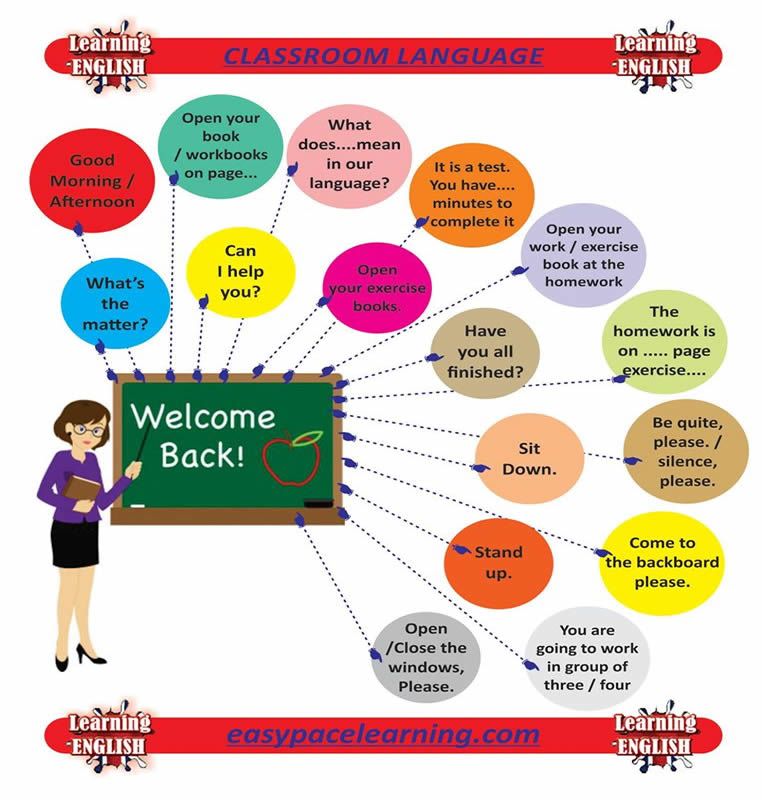 If your child isn’t learning the alphabet at the pace s/he should, one reason may be because s/he isn’t interested or is simply undergoing a minor setback.
If your child isn’t learning the alphabet at the pace s/he should, one reason may be because s/he isn’t interested or is simply undergoing a minor setback.
However, if your child is falling severely behind, it’s important to find out if your child truly has a problem learning or if it is nothing to worry about. Therefore, work one-on-one with your child to determine if there is a problem. For example, practice reading and writing with your child. If s/he is having a hard time comprehending the instruction or if it’s taking him/her an abnormally long time to do the task, consider talking with your child’s teacher about it.
In the end, if you suspect your child might have a reading or learning disability, discuss it with a doctor. If your child is truly suffering from a reading disability, it can cause him/her to fall behind in his/her education. The sooner you seek help, the sooner you will be able to find a solution that works for your precious little one!
Learn the Alphabet at a Top-Tier School!
So at what age should a child know the alphabet? Learning the alphabet is an ongoing process.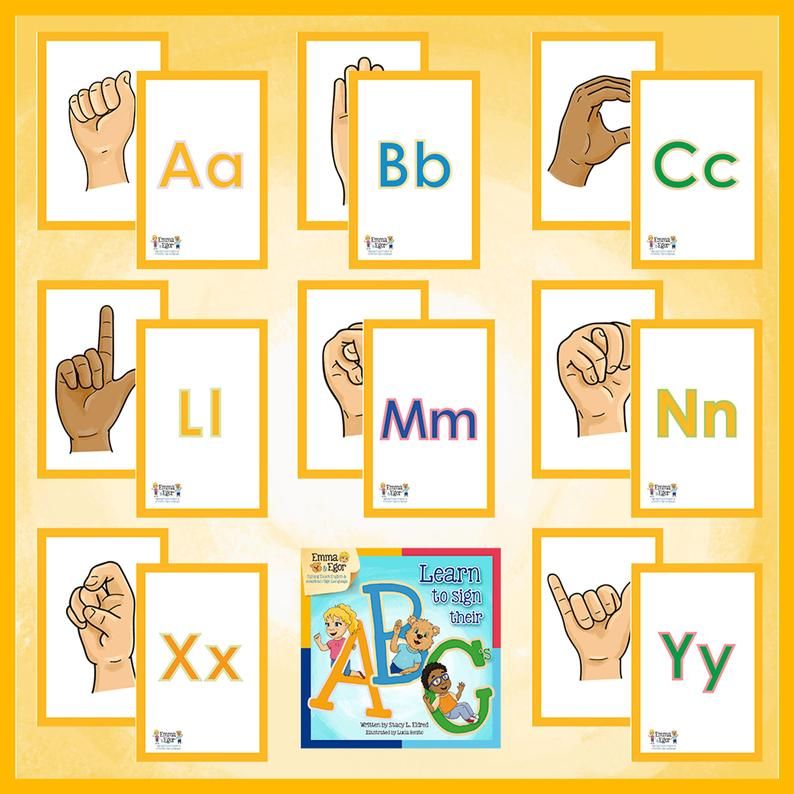 That being said, it’s crucial to enroll your little one in a school that will not only teach him/her but also helps develop in him/her a love of learning.
That being said, it’s crucial to enroll your little one in a school that will not only teach him/her but also helps develop in him/her a love of learning.
Smaller Scholars Montessori Academy helps children become more confident, creative, and independent through the acclaimed Montessori experience. You can enroll your child in the toddler program, which is for kids between the ages of eighteen months and three years, or in the primary program, for children between three and six years. In both programs, children have a rich classroom environment in which they are encouraged to explore, learn, and thrive. Then, as children grow older, they can explore the elementary program for kids up to twelve years old.
What are you waiting for? Ensure your child learns the alphabet and how to read by enrolling your child in Smaller Scholars Montessori Academy! Contact them to learn more.
When Do Kids Learn The Alphabet?
Children typically start learning the alphabet around 2-3 years old.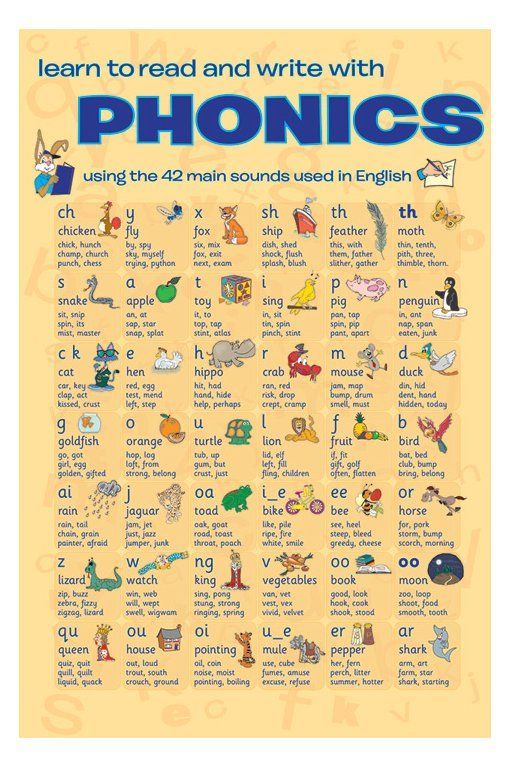 Some typically start learning their…
Some typically start learning their…
Children typically start learning the alphabet around 2-3 years old. Some typically start learning their ABCs between 3-5 years old, but it can be as late as 7 or 8 years old for some kids. So there’s no set age for this milestone. New research shows that by the time they are 2 years old, most kids have already learned how to recognize many alphabet letters.
Now researchers at the University of Washington’s Institute for Learning & Brain Sciences (I-LABS) have conducted a study showing that most toddlers learn letter names long before they can identify them on their own.
If as a parent, you are wondering when your child learn their alphabet. Then relax. They may have started their learning process without your knowing. Thinking how? Well, your child may have started looking at all the letters and pictures in books, on signs, and in magazines for a while now. They may know some of the letters like A-D but they still struggle to figure out what all of the other ones are.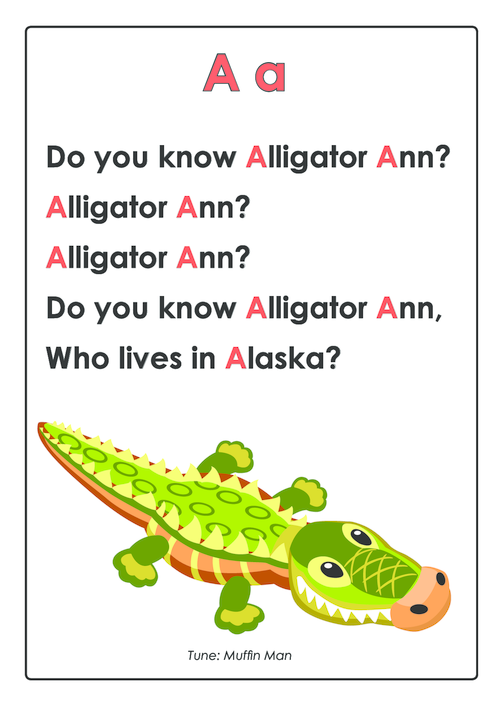 This is completely normal because it can take most children anywhere from 18 months to 3 years to become fluent readers!
This is completely normal because it can take most children anywhere from 18 months to 3 years to become fluent readers!
The best thing you can do as a parent is to help your little one in the learning process so that they can practice recognizing words and sounds. You should also have them write down what they see on signs or labels too!
The ABCs are the first letters of the English alphabet. They help us learn to read, write and spell. The ABCs is an educational game for kids aged 3-8 years old where parents can choose what level of difficulty they want to play on – easy, medium, or hard. It’s a fun way for kids to learn their alphabet!
The ABCs are a set of 26 individual letters that represent the most common sounds in English. The alphabet is used to teach kids how to read and spell words, so they need to know what the ABCs are! An alphabet is a set of symbols or individual letters which represent speech sounds (phonemes) in languages with alphabetic writing systems like English.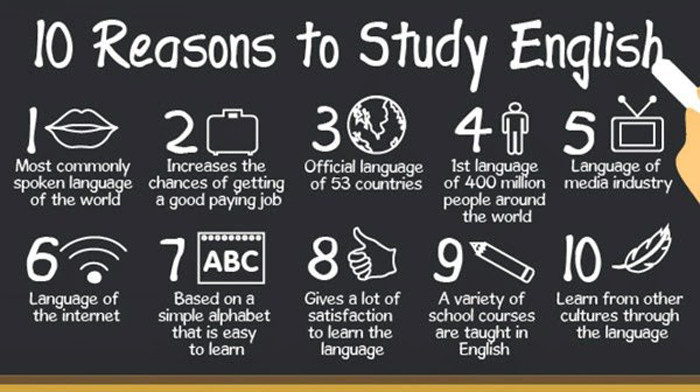 There are several different types of alphabets including Latin, Cyrillic, Hebrew, Arabic, and Japanese kanji scripts. All these languages use at least one type of alphabet because each letter represents a phoneme (or sound).
There are several different types of alphabets including Latin, Cyrillic, Hebrew, Arabic, and Japanese kanji scripts. All these languages use at least one type of alphabet because each letter represents a phoneme (or sound).
At what age parents can teach the kids the alphabet?
The alphabet is not taught until around kindergarten. Kids learn the alphabet easily when recognize letters with pictures of objects. Kids first learn uppercase letters, then lowercase letters. When kids are first learning the alphabet, they may not be able to read it yet but will associate it with certain sounds or shapes.
Students should know their ABCs before they enter 1st grade because that’s when they start reading books in school that have words spelled using more than one letter at a time.
Timeline of kids learning the alphabet
1. A child’s first steps in learning the alphabet happens when they are between 18 months and 2 years old.
2. Kids learn all the letters by recognizing their shapes, and sounds.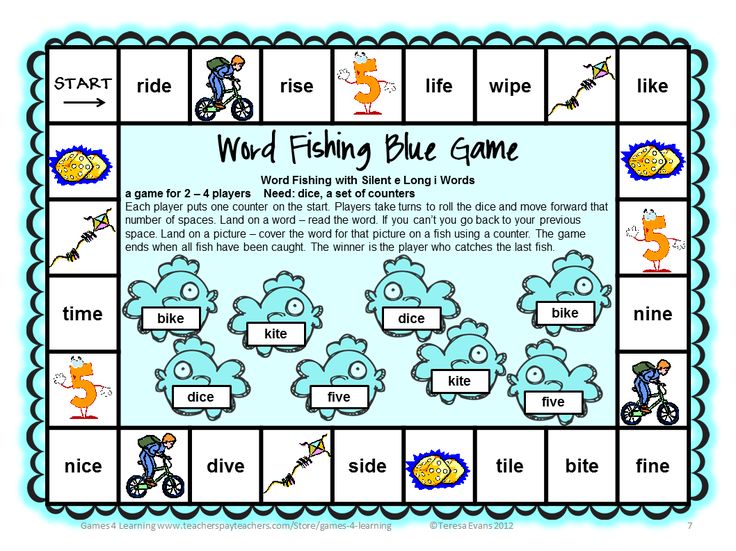
3. When kids are about 3 or 4 years old, they start to recognize that there is a connection between letters and words.
4. Around age 5 or 6, children will be able to read books on their own without any help from an adult.
5. Kids usually finish learning the alphabet by around 7-8 years of age.
6. In kindergarten classrooms, students typically start with letter recognition before moving on to reading simple sentences aloud.
If your child has not started learning the alphabet, then it could be any developmental issue or learning disability. In this case, one should prefer a doctor. Further parents can help their children learning alphabets with the help of phonics.
The word “phonics” is often misunderstood. It does not refer to sounds but rather the teaching of letter-sound relationships and patterns.
What is phonics?
Phonics is a way of teaching language by breaking it down into smaller, easier-to-understand parts. It teaches reading and spelling skills by blending the sounds that makeup words together to form those words.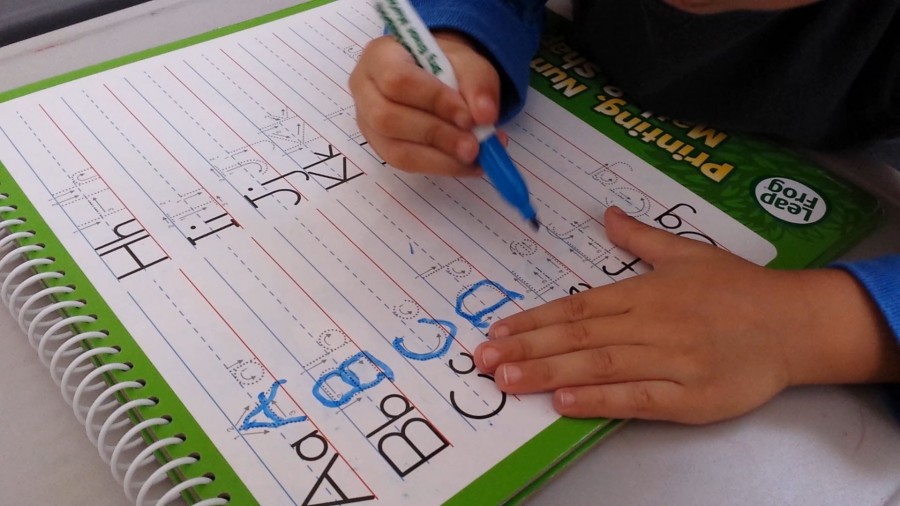 It is the process of learning how to read new words by sounding them out. Children become competent readers when they can use phonics skills with ease, but it often takes time and practice before children develop these skills.
It is the process of learning how to read new words by sounding them out. Children become competent readers when they can use phonics skills with ease, but it often takes time and practice before children develop these skills.
Phonics is a system of reading and writing that builds on the letters in our alphabet, each one representing a sound. For example, “a” letter sounds “ahh” sound when we say it out loud. Phonics introduce letters, teaches kids learning letters by sounding them out and figuring out what they represent.
Children who are taught phonics usually do better in school than those who aren’t. It helps them learn quickly and easily without getting frustrated. It’s also much easier for children with dyslexia to learn phonics rather than memorizing whole words or trying to figure out what something says by looking at its shape alone!
Why is learning the alphabet important?
The alphabet is one of the most important things to learn for children. The reason kids need to know their letters is so that they can read and write, which are both very important skills in life. Knowing your ABCs can help you get into a good school or get a good job someday!
Knowing your ABCs can help you get into a good school or get a good job someday!
Learning the alphabet is one of the most important things a child can do in their first few years of life. The sooner they learn it, the more opportunities they will have for success in school and beyond. Here are just a few reasons why:
- It lays a foundation for all reading skills.
- It helps children develop vocabulary and language comprehension as well as spelling and writing skills later on.
- It prepares them for kindergarten by developing fundamental skills like recognizing letters and matching sounds with letters, etc.
Why is phonics important for children to learn early on?
Phonics is a vital skill to learn for children as early as preschool age. This skill will help them read and write better, which in turn helps with their academic performance. In addition, it lays the foundation for lifelong literacy skills that can be used throughout adulthood.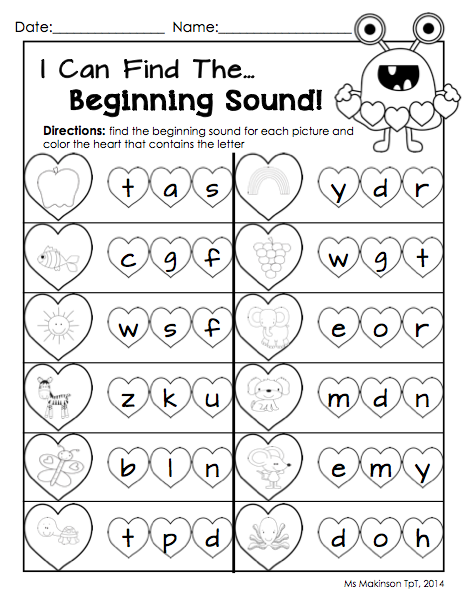 The best way to teach phonics is through interactive reading and writing activities that are designed specifically for the child’s age group.
The best way to teach phonics is through interactive reading and writing activities that are designed specifically for the child’s age group.
“Phonics teaches children how letters and letter combinations represent different sounds.” It may be one of the most important skills for pre-schoolers to learn because it will help them decode words as they start learning how to read. Teaching phonics early on can give a child a head start when it comes to literacy, which has been shown by numerous studies. A study from 2013 showed that students who started this early were more successful four years later than those who started later due to earlier exposure and better understanding.
How can parents help their children with learning the alphabet?
Kids go through a lot of changes as they grow up. From learning to walk and talk, to excelling in school subjects like reading and math, children are constantly growing smarter every day. One important skill that kids need for success is the alphabet. Parents should start with an ABC song at around kids’ 18th months. It will help the kids learn their letters by associating each letter with a word (A=Apple). The next step is teaching phonics, or how sounds make different letters (B=Bee). You can use alphabet puzzles. You can also make your child to write letters. By combining these skills, you can help your child succeed in future classes!
Parents should start with an ABC song at around kids’ 18th months. It will help the kids learn their letters by associating each letter with a word (A=Apple). The next step is teaching phonics, or how sounds make different letters (B=Bee). You can use alphabet puzzles. You can also make your child to write letters. By combining these skills, you can help your child succeed in future classes!
5 Tips for helping your child understand their ABCs
The ABCs are a vital part of every child’s life. But the alphabet is more than just 26 letters. It’s an important set of tools to help your children learn, grow and succeed! Here are some tips for helping your child understand the ABCs so they can be successful in school and life.
The following list includes six tips ensuring that your child understands their ABCs:
1) Make your kid speak the alphabet
Give a book to your kid. Tell them to have a look at them. Then make them read the letters aloud. Continue this process until all 26 letters have been said in the order.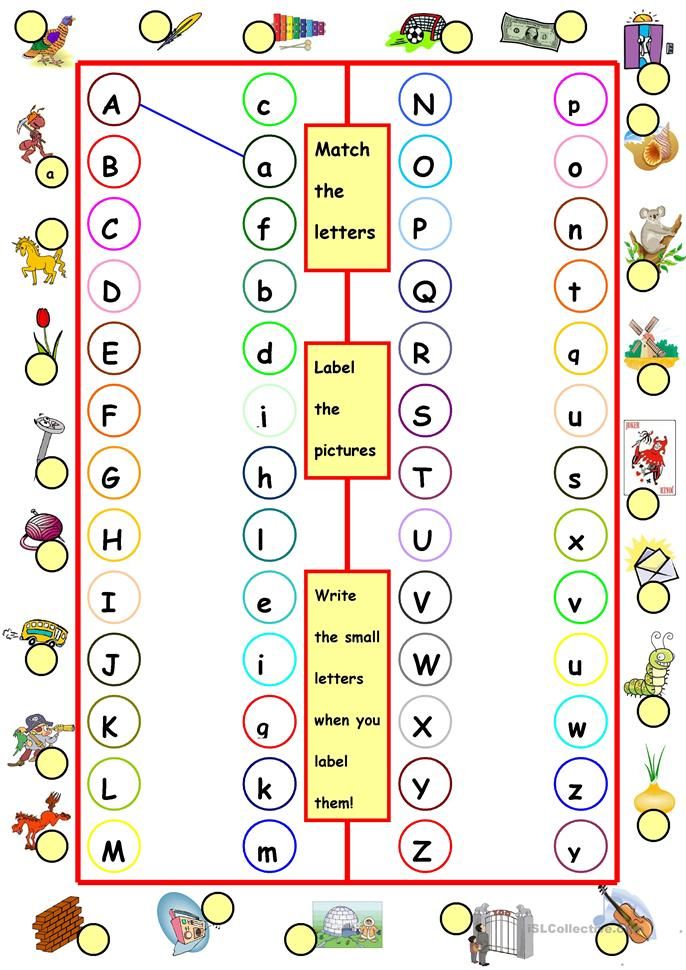 Finally, tell them to repeat the process on their own. If they do any mistakes, correct them. This way they will learn to pronounce the alphabets.
Finally, tell them to repeat the process on their own. If they do any mistakes, correct them. This way they will learn to pronounce the alphabets.
2) Teach them to recognize letter shapes
Let’s be honest, it can be a tedious task trying to remember all 26 letters in alphabetical order. But it doesn’t have to be! Teaching your child about letter shapes can make this process easier for you because you can show them what each letter looks like rather than just saying its name out loud. Make this process as much as interesting as you can.
3) Introduce new letters by matching them with pictures
Here are some great ways to introduce new letters by matching them with pictures that children will love!
- A matched with apple -B matched with baby bear -C matched with Christmas tree, etc.
- The connection of letters and pictures will help the kids to learn the alphabet better.
4) Play games like I Spy or charades
I Spy or charades can help your child with their vocabulary and reading skills. It has been found that children who play these types of games have an increased understanding of words when they are read aloud to them. This is because the process in which they learn how to play such a game mimics what it’s like to read silently.
It has been found that children who play these types of games have an increased understanding of words when they are read aloud to them. This is because the process in which they learn how to play such a game mimics what it’s like to read silently.
Choose one player (or two players) to be the reader. Another player (or two) will be helping by giving clues, singing a song, or making a noise. The goal of the game is for the reader to guess what letters you are thinking about.
5) Make them write their ABCs on paper
To make your child remember more letters, they need to be able to write them down using their creativity and imagination. Make them draw, color, and write the letters in order. They will learn how to spell and which sounds each letter makes when combined with other letters.
Conclusion
Once your child has learned the alphabet, you can teach your little ones how to read by using the alphabet song. Teach them the sound that each letter makes and eventually they will learn how to read!
How to learn the alphabet with a child.
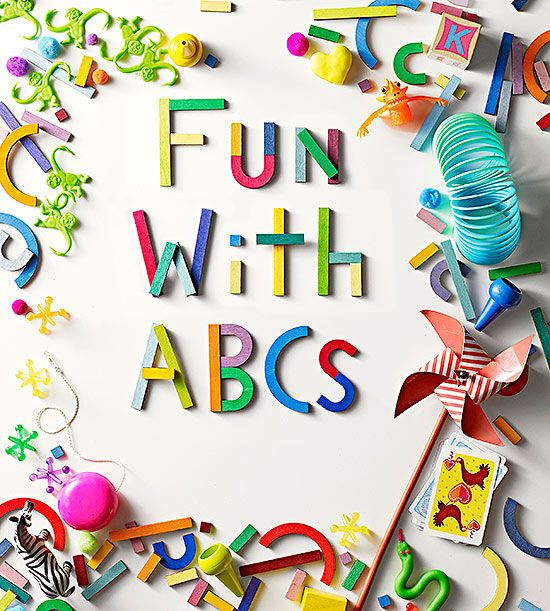 Learning letters together
Learning letters together Letters are all around us. Signs, announcements, books and magazines - all this the child sees from a very young age. But it doesn’t immediately become clear that these “squiggles” are not just incomprehensible meaningless icons, but a way to convey information in the form of text. Therefore, with the study of the alphabet, a completely new world opens up for the baby, in which letters are folded into syllables, and syllables into words that can be read and later written. In our article, we will tell you when to start learning the alphabet, how to make the process interesting for a child, and what methods are best for children of different ages. nine0003
Why learn the alphabet?
It seems that the answer to this question is quite obvious - that the child can read. However, it's worth digging a little deeper. Often, parents do not fully realize what caused their desire for the child to quickly master the letters. If the kid is already 5-6 years old, and the first grade is just around the corner, then the desire to learn the basics so that further study is easier, understandable and logical.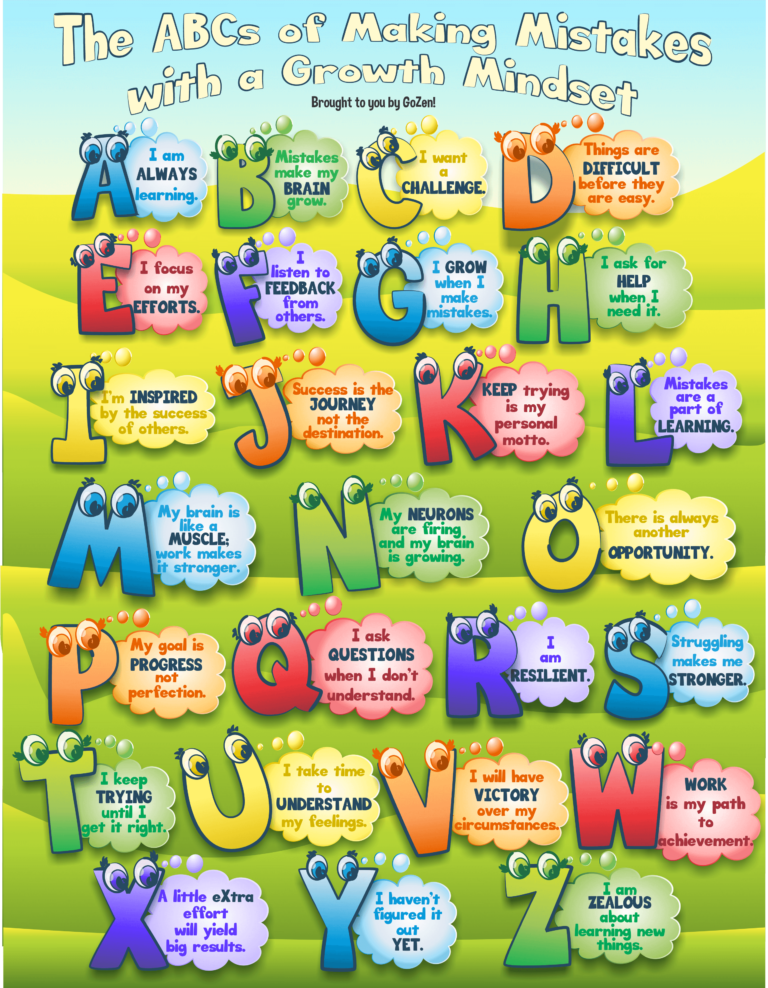 Or maybe your child is only three years old, but you want him to show off his knowledge at a family evening? Or do all the acquaintances vying with each other say that their children have not only learned the alphabet, but also read freely? Give yourself an honest answer to these questions, and consider whether it is necessary to postpone training until a more appropriate moment. nine0003
Or maybe your child is only three years old, but you want him to show off his knowledge at a family evening? Or do all the acquaintances vying with each other say that their children have not only learned the alphabet, but also read freely? Give yourself an honest answer to these questions, and consider whether it is necessary to postpone training until a more appropriate moment. nine0003
The most important thing is whether your child is ready. Curiosity, interest in new things, the ability to memorize previously unknown information are all signs that you can start learning the alphabet. But you should always remember that there is no point in teaching against the child’s desire, all classes should be held in an unobtrusive playful way. Questions “how to read?”, “What kind of letter?” Are pouring in on you, the baby is interested in not only pictures in books, but also captions to them, or are you going to school soon? Well, then feel free to start your acquaintance with the alphabet.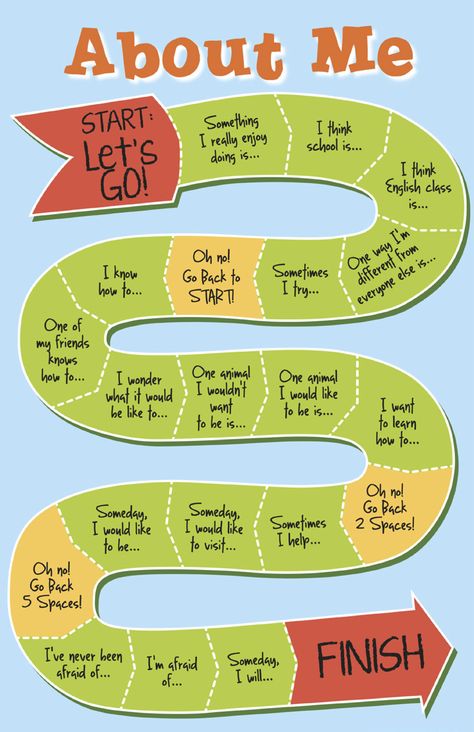 nine0003
nine0003
Basic tips for learning the alphabet with a child
The alphabet is not just a certain sequence of letters. This is the foundation from which the child's learning to read begins. Therefore, it is important to understand that simply learning the alphabet as a rhyme or a counting rhyme is possible, but practically useless if there is no practical application of the information received. If you do not start trying to teach your child to read immediately, but after a long break, there is a high probability that your baby will simply forget the letters by this point, and you will have to start all over again. nine0003
There are a few general rules to follow when you start learning the alphabet with children:
1. Learn the sounds, not the letters
It's easy for us adults to figure out what the name of the letter is and what sound it is means may not match. For a small child, on the contrary, such a concept may be too complicated. Do not confuse the baby, he will eventually learn that the letters are called “be”, “el” or even “and short”, better demonstrate what sounds are indicated by the corresponding signs - “b”, “l”, “y”, give examples of words with these sounds.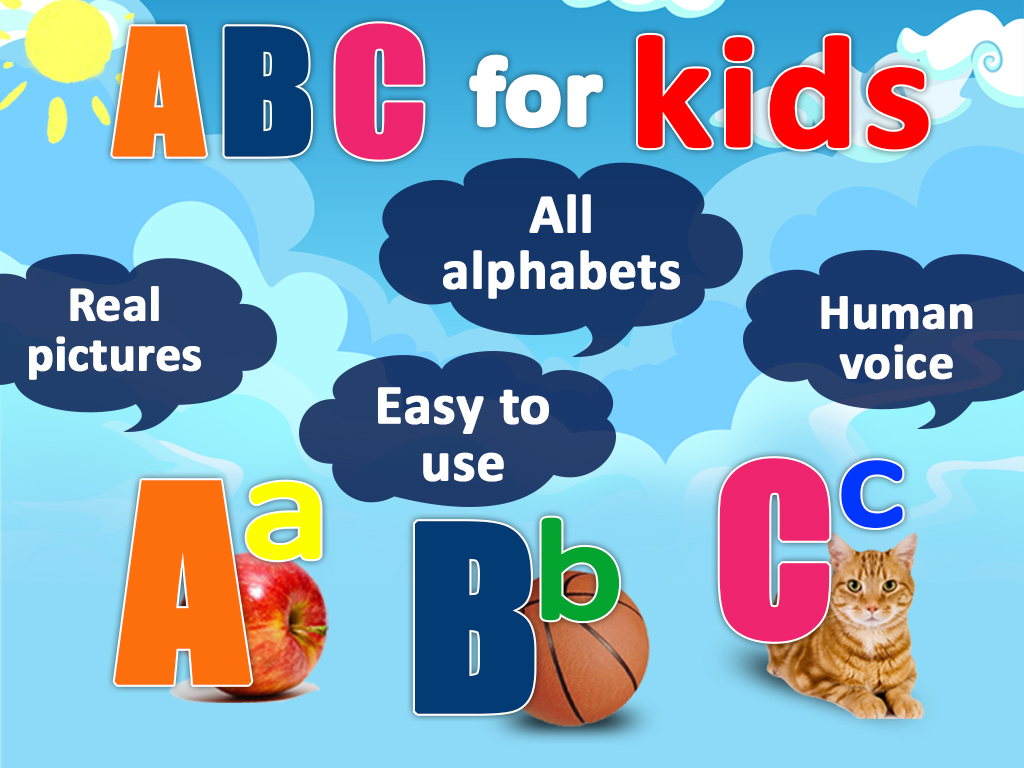 In this way, the child, with less effort, will be able to understand how syllables are read, and later whole words. nine0003
In this way, the child, with less effort, will be able to understand how syllables are read, and later whole words. nine0003
2. Do not learn the alphabet in order
Remembering a clear sequence is, of course, useful for the development of a child's memory, but it does not make it obvious to him what he actually learned and why. If, however, the alphabet is disassembled gradually, according to a clear and logical system, without overloading the child's perception excessively, there will be much more benefit, since knowledge will not be superficial, but based on a deeper understanding of the structure of the language.
3. Do not mix vowels and consonants
Learning letters mixed up is no less a mistake than memorizing the alphabet strictly in order. Vowels and consonants must be studied separately, otherwise the child will be completely confused. Always remember that things that seem clear and simple to us, small children learn for the first time, so even the main sign by which sounds are divided (vowel-consonant) is not immediately comprehended. The situation when the studied letters do not have any common feature is confusing and slows down the assimilation of the material.
The situation when the studied letters do not have any common feature is confusing and slows down the assimilation of the material.
4. Vowels first
There are only 10 vowels in the Russian alphabet, so the child will have to remember a little at first. In addition, vowels require only a long “singing” and slight changes in the articulation of the lips, neither the tongue nor the teeth need to be connected, so it will be easier for the baby to understand how the written sign correlates with the sound being pronounced. When all the vowels are firmly learned, it will be possible to add consonants.
5. Don't force learning
Of course, you really want your child to learn all the letters and start reading as soon as possible, but you still shouldn't rush. Learn one or two letters, repeat what you have learned more often, do not move on to a new one without waiting for the consolidation of what has already been studied. Start with very simple and clear things.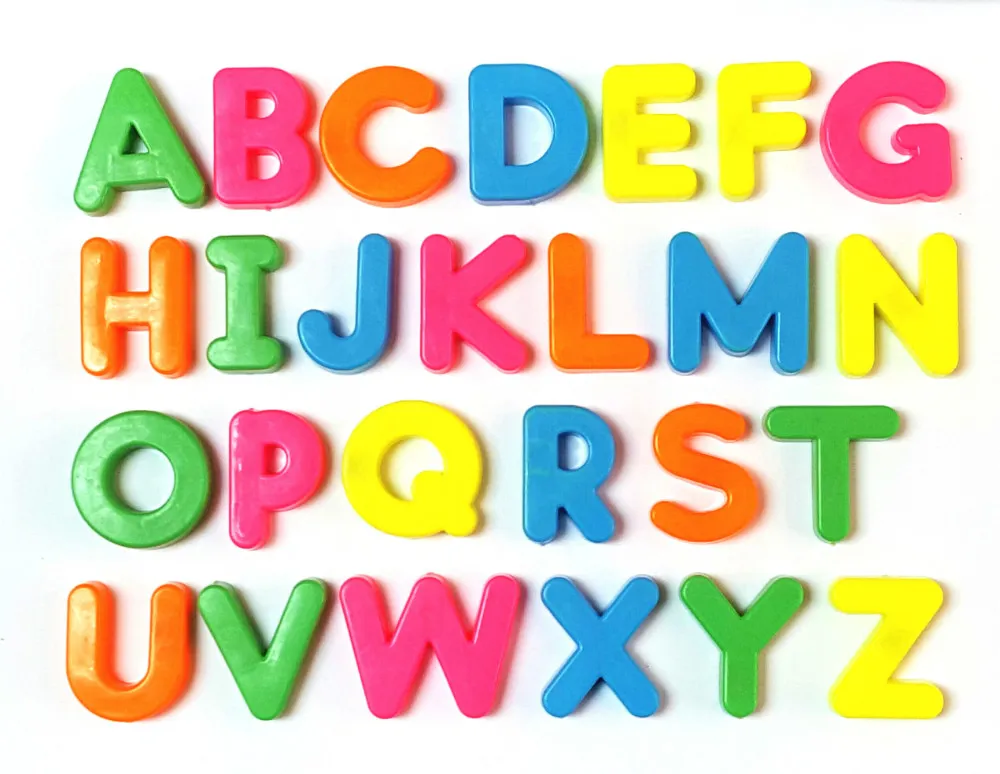 Show the young student the letter "A", tell how it is pronounced, what it looks like, what words begin with it. Fold it together with the baby from sticks, draw or mold it from plasticine - tactile sensations will help the child better remember the image of the letter and associate it with sound. Apply theory to practice, for example, ask while walking to look for the letter "A" on signs, in advertisements, and so on. Only when the child has learned the letter and the corresponding sound, proceed to the next, all the same one at a time, methodically and slowly. nine0003
Show the young student the letter "A", tell how it is pronounced, what it looks like, what words begin with it. Fold it together with the baby from sticks, draw or mold it from plasticine - tactile sensations will help the child better remember the image of the letter and associate it with sound. Apply theory to practice, for example, ask while walking to look for the letter "A" on signs, in advertisements, and so on. Only when the child has learned the letter and the corresponding sound, proceed to the next, all the same one at a time, methodically and slowly. nine0003
Age-appropriate alphabet learning
3-4 years old
If you think your child is ready to learn letters at 3 years old, here are some tips and tricks to help you get great results.
First of all, in no case do not force or coerce the child into classes, they should take place exclusively at the request of the child, in a fun way, and end as soon as you see signs of fatigue and weakening of concentration. The optimal lesson time for a three-year-old is 5-7 minutes. nine0003
The optimal lesson time for a three-year-old is 5-7 minutes. nine0003
Do not set a goal to learn the entire alphabet in a short time, it is at best pointless, and in some cases it can even be harmful - up to a certain point the child's brain may simply not be ready for this or that knowledge. Do not try to outwit nature, at three years old your task is more to interest, captivate the child, show him the basics.
Do not overload your child with a lot of information - let your “lessons” take place no more than twice a week, and take the rest of the time to consolidate and repeat the studied material. At the same time, the regularity of classes is very important, conducting them from time to time is not the best idea, the child will get confused and forget what you went through with him. nine0003
Start with vowels. Move on to consonants only when you are sure that the child has firmly learned all 10 vowels and brought the skill to automatism. Vowels are best taught in pairs: A - Z, O - E, U - Yu, E - E, S - I.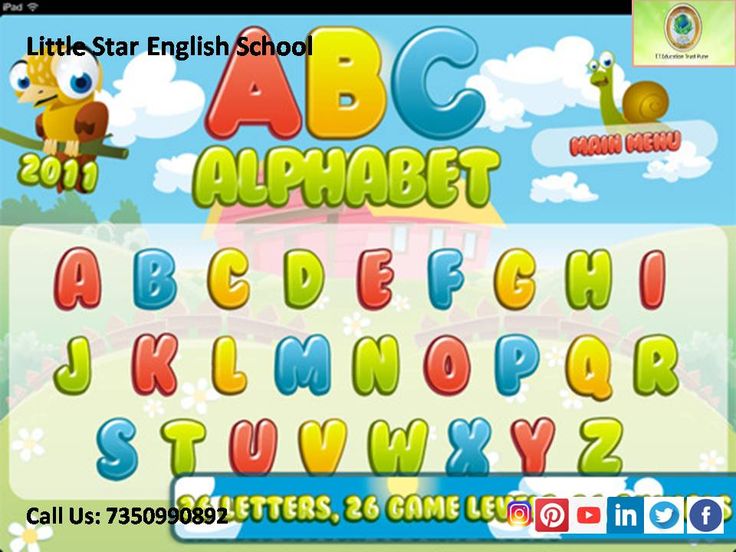 So it will be easier for the baby to remember. Later, this will also help with the assimilation of the principle of hardness-softness of consonants.
So it will be easier for the baby to remember. Later, this will also help with the assimilation of the principle of hardness-softness of consonants.
Use books with bright, large pictures. Closer to the age of four, the child will also be interested in blocks with letters, coloring books and stickers, posters with and without voice acting; but be careful with the posters - remember that we need to learn the sounds, not the names of the letters, so look for posters that pronounce exactly the sounds. Magnetic letters will also help - they can be placed on a magnetic board or simply on the refrigerator. You can learn rhymes and songs with the mention of the sounds that you are studying, play with letters cut out of paper. nine0003
Let the child represent the letter in different ways - by drawing, modeling with plasticine, folding with sticks or drawing lines in the sand or grits. Such activities are also useful for fine motor skills, and this is a very important skill for the baby, which affects, among other things, the development of speech.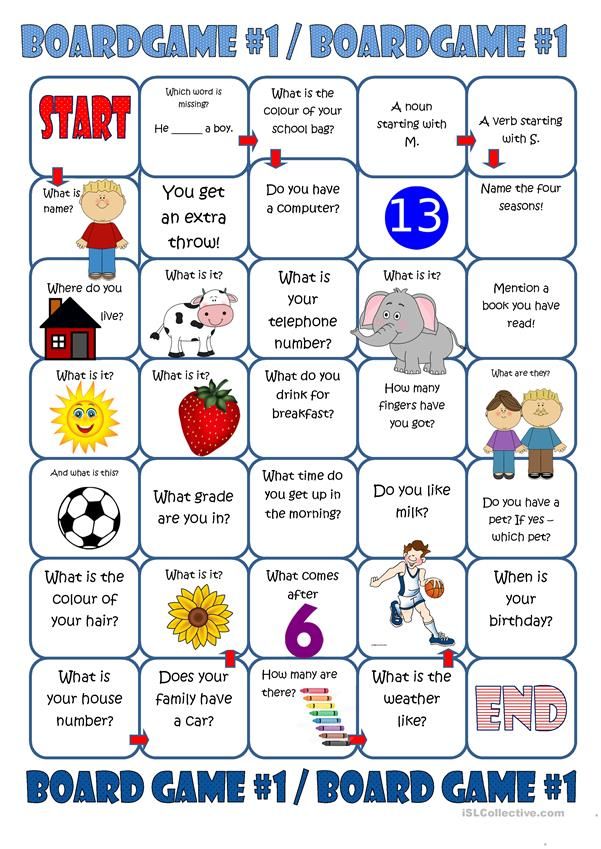
There are more consonants in the Russian language, so it will take a longer time to study them, and if you consider that most consonants have both hard and soft variants, the task becomes even more complicated. But with the right approach, there should not be any particular difficulties. If the child has already mastered all the vowels and understands the difference between, for example, “A” and “I”, then it will not be difficult for him with your help to figure out how “ma” and “me” differ. You can make a table where such pairs of syllables will be shown clearly. The main thing is to always clearly pronounce the sound yourself and achieve the same pronunciation in the child. Correct articulation is the key to both good diction and correct reading in the future. nine0003
5-6 years old
For all our commitment to early development, many experts agree that the optimal age for learning the alphabet is 5-6 years old. The child will soon go to school, which means that his brain is already quite ready to memorize all the letters and gradually learn to read.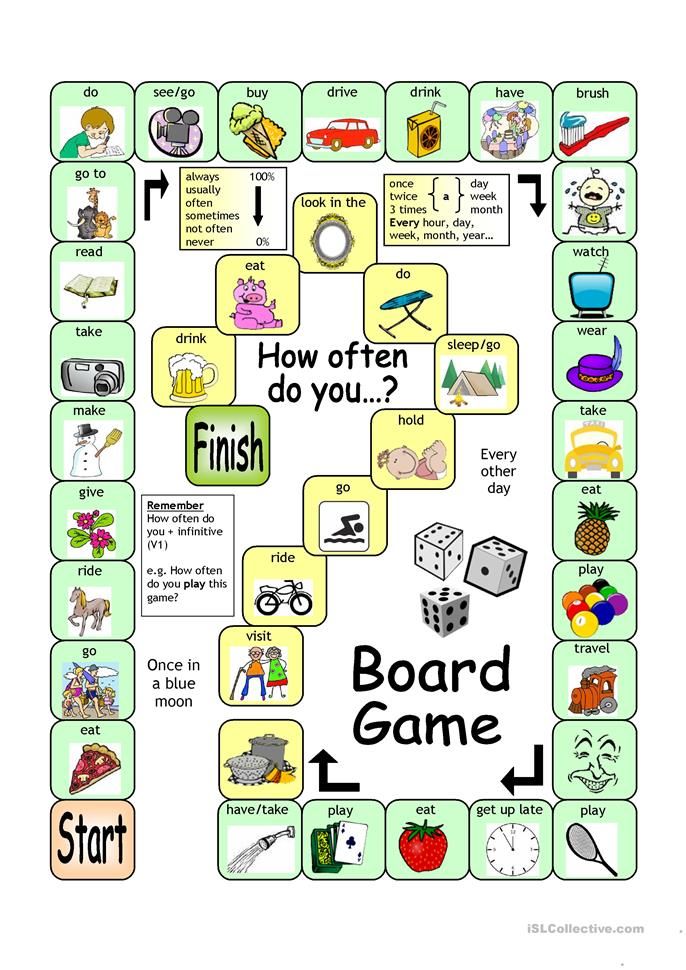 At this age, it is especially important that your preschooler speaks clearly and correctly, so pay maximum attention to his speech, whether all sounds are pronounced without problems, whether some of them need to be corrected independently or with the help of a speech therapist. nine0003
At this age, it is especially important that your preschooler speaks clearly and correctly, so pay maximum attention to his speech, whether all sounds are pronounced without problems, whether some of them need to be corrected independently or with the help of a speech therapist. nine0003
If at three years the emphasis is on the play component of classes, then by the age of 5-6 it can be slightly shifted towards the child's consciousness. Tell us about how great it will be to read books yourself, how knowledge of the alphabet will come in handy at school. Keep the elements of the game, use the same methods that are suitable for four-year-olds, but increase the lesson time, introduce more printed materials. You will need special recipes for preschoolers, books and manuals with creative tasks, various sets of cards. nine0003
Introduce your child to syllables. Use single letter flashcards to show how a syllable is built - for example, say that a consonant and a vowel run or are attracted to each other and demonstrate their convergence by saying the syllable at the same time. Later, use cards with a ready-made printed or hand-drawn syllable in the lessons. Do not forget about the regularity of classes and the constant repetition of the material covered.
Later, use cards with a ready-made printed or hand-drawn syllable in the lessons. Do not forget about the regularity of classes and the constant repetition of the material covered.
Primer learning
By the age of six, a good primer will be clear and easy to learn. For example, the “Primer” by N. Zhukova is considered one of the best, although for younger children it may seem boring - it focuses on learning without providing entertainment materials. But in this primer much attention is paid to speech therapy moments. nine0003
“My primer: a book for teaching preschoolers to read” N.V. Nishchevoi - a manual also with a speech therapy bias, but the author adheres to his own methodology for studying letters and sounds. The path from simple sounds to complex ones will help the child develop both reading skills and good articulation.
In order for a child to develop a love for reading from a very early age, VV Shakirova's Journey to the Sound Book is a good choice. There is more entertainment material here that will interest and captivate the child. In addition, Shakirova paid a lot of attention to the development of motivation, and this will definitely come in handy in the future, in the process of further study. nine0003
There is more entertainment material here that will interest and captivate the child. In addition, Shakirova paid a lot of attention to the development of motivation, and this will definitely come in handy in the future, in the process of further study. nine0003
Games for learning the alphabet
In this section, we will give examples of games that will make learning more interesting and at the same time more effective. Entertaining elements will not only diversify classes, but also provide a fairly wide field for applying the acquired knowledge in practice.
"Find the letter" . On a sheet of paper, arrange different letters in a random order. Let them be bright and large. You name the letter, and the child must find it and show it. A mobile version of this game is to hang sheets with large letters around the room, let the child find and tear off the desired sheet. nine0003
Memo . Prepare a set of cards, each letter must be represented in duplicate to get a certain number of pairs. Cards are laid out in several rows face down. Have the child turn over one card and name the sound that the letter on it represents. Then you need to find a pair for her by opening other cards. It didn’t work the first time - the cards are turned back face down and you have to look again. A pair was found - the player takes both cards for himself, and so on until the moment when all the cards run out. nine0003
Cards are laid out in several rows face down. Have the child turn over one card and name the sound that the letter on it represents. Then you need to find a pair for her by opening other cards. It didn’t work the first time - the cards are turned back face down and you have to look again. A pair was found - the player takes both cards for himself, and so on until the moment when all the cards run out. nine0003
“What letter does it begin with?” . Arrange several animals in a row - these can be drawings on paper, cards or small toys. Select the letters with which their names begin, and give them mixed to the child. The task is to correlate which letter refers to whom, and put it next to the desired animal.
Collect the letter . Draw a letter the size of the entire sheet of paper. Cut into several parts, let the kid assemble the resulting puzzle and name which letter is depicted on it. nine0003
Dice game . Surely you have cubes with letters, and if not, they are easy to make yourself out of paper.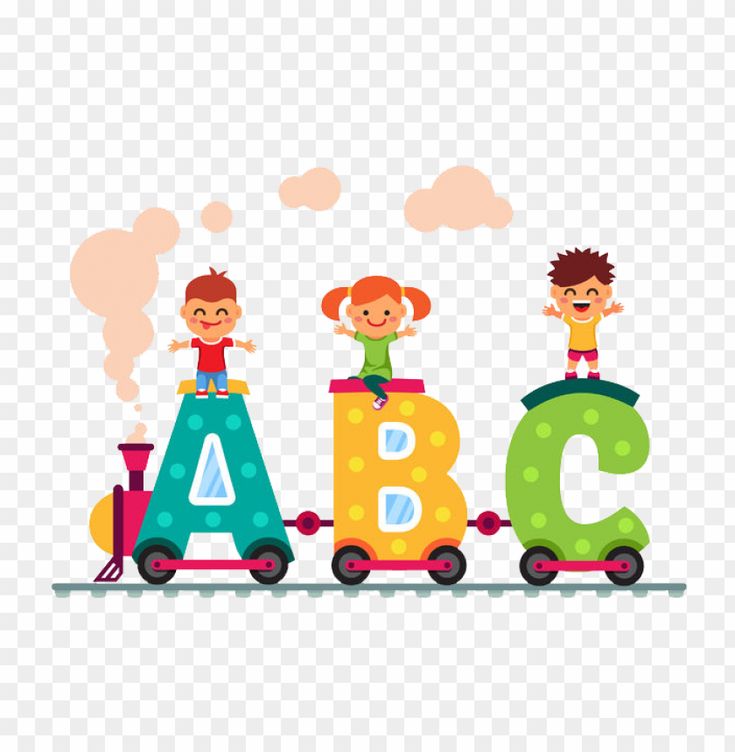 You roll a die and see which letter comes up on top. The child needs to remember an animal (or even an object!), The name of which begins with this letter and show it, for example, if the letter “B” fell out, then you can depict a crow - wave your hands like wings and croak.
You roll a die and see which letter comes up on top. The child needs to remember an animal (or even an object!), The name of which begins with this letter and show it, for example, if the letter “B” fell out, then you can depict a crow - wave your hands like wings and croak.
Edible Letters . The alphabet is not only useful, but also delicious! Your child will have even more fun learning if he can not only name the letter, but also eat it. You can buy ready-made cookies in the form of letters, or bake them yourself, so the baby will even be more interesting, especially if you decorate the finished cookies together. You can also cut out letters from fruits and vegetables. nine0003
No matter how your activities progress, be patient with your child, don't demand too much from him or scold him if something doesn't work out. If you follow the basic principles and recommendations, creatively approach the lessons and give the baby positive emotions, your child will definitely learn the alphabet easily and with pleasure.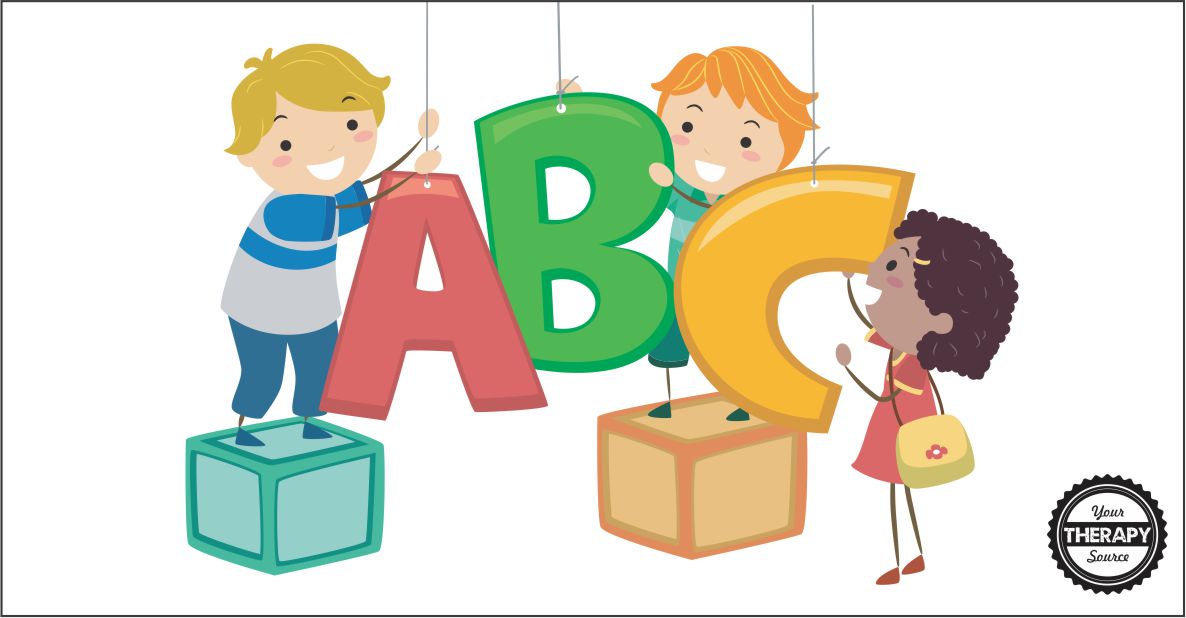
At what age and how to learn the alphabet with a child
Is it good to know letters at two years old and is it so bad not to know them at four? What is the best way to learn the alphabet with a child? nine0003
When to start learning letters
Many parents want to teach their children to read and write as soon as possible and worry when the baby begins to memorize letters later than others. But modern experts believe that the rule “the sooner the better” does not apply here.
For example, according to neuropsychologist Anna Semenovich, learning letters and numbers from 2.5-3 years is extremely harmful. The specialist explains that there are certain neurophysiological laws of brain development. At this age, the sensorimotor and emotional sphere of the baby is formed, the time has not yet come for cognitive processes. If you start to actively load him with learning, that is, untimely development of one of the mental functions, the child's brain will perform the assigned tasks, but the development of other structures of the psyche will suffer. This is fraught with a violation of emotional processes, the appearance of diseases is possible. nine0003
This is fraught with a violation of emotional processes, the appearance of diseases is possible. nine0003
Anna draws attention to the fact that at first the child develops visual-figurative thinking, and then abstract-logical thinking. And teaching a child to write letters reverses this process, violating the law of psychology.
In her opinion, at the age of 3–4, a child should be taught everyday knowledge, teach routine, help to study the world around him, and you can also give him to creative circles. And the letters should be left for 4-5 years.
However, she admits that there are exceptions to the general rule: all children are different, some babies learn to read on their own at an early age. nine0003
How do you know when exactly to start the alphabet? Excellent advice on this matter is given by the psychologist Olga Melnitskaya. In her opinion, the main indicator is the child's sudden interest in letters. And there is nothing wrong with that, even if it happens at the age of 6, when he realizes that in order to receive information from the world, you need to be able to read.
It's time for the alphabet if the baby:
- imitates adults, pretending to read;
- asks what is written in the book or on the advertisement; nine0130
- pronounces almost all sounds;
- builds phrases;
- perceives well by ear - he can tell what his parents read to him from a book.
How to teach your child the alphabet
It is best to start learning with sounds, not letters: talk to your child as they are pronounced. Also, Dr. Komarovsky advises to learn vowels first - it is easier for children to memorize them.
Soft cubes, cards and magnets with objects whose names begin with different letters, coloring pages will help in learning. And many more benefits, ranging from the usual primer to modern toys like the musical alphabet. nine0003
Make the lessons playful, learn songs and rhymes together that will help you remember the letters. But most importantly - do not force the child to learn them.